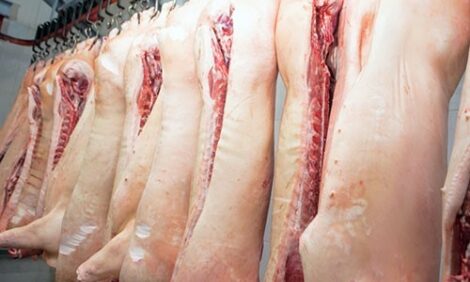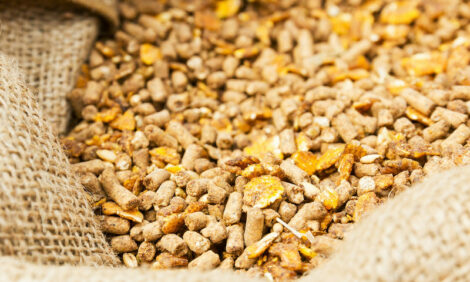



Increased Use of Pulses Expected in Swine Rations
CANADA - A swine nutritionist with the Saskatoon based Prairie Swine Centre expects more pulse crops to be included in swine rations this winter as pork producers adjust to higher cereal grain prices, writes Bruce Cochrane.Drought in the US which has dramatically reduced the American corn crop, combined with continued demand for corn for ethanol have driven up the price of corn which has in turn put upward pressure on feed wheat and feed barley prices.
Dr Denise Beaulieu, a research scientist nutrition with the Prairie Swine Centre, expects pork producers in western Canada to be looking more closely at ingredients that might not normally be considered because they're too expensive, like lentils, peas and possibly further west faba beans but that would be costing into the ration now.
Dr Denise Beaulieu- Prairie Swine Centre:
They're good fits.
We have to re-balance the ration for amino acids and we do that all the time anyway so our balance of amino acids would be slightly different with pulses versus traditional grains but whenever we formulate a ration we're balancing for all the amino acids regardless of what grains we're using.
The balance of amino acids will be different but that's not difficult to do.
Getting a good consistent supply of these ingredients is the problem.
What happens more and more is producers are having to constantly reformulate their rations as they find bargains on specific grains or ingredients that might be out there and so they're having to introduce new feeds, new feedstuffs constantly to their pigs and constantly be reformulating their rations so that, despite what ingredients you're feeding, the pig is getting all of its nutrients every day regardless of the source of ingredients.
Dr. Beaulieu say the ability of producers to adjust rations based on ingredient availability will vary from farm to farm.
She says some operations may not have the storage capacity to accommodate several different ingredients while other may be locked into production contracts where they're unable to accept the changes in growth rates that could result from altering rations.








